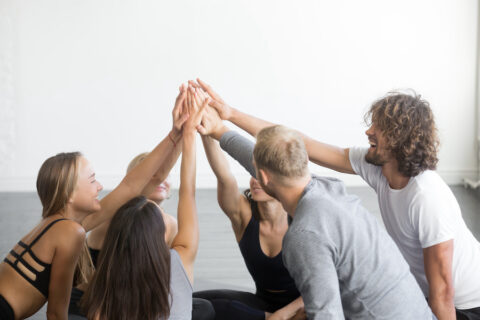
Criteria for Setting SMART Goals
The goal belongs to the athlete—not the coach. It’s the coach’s job to help the athlete give shape to the final product.

The goal belongs to the athlete—not the coach. It’s the coach’s job to help the athlete give shape to the final product.
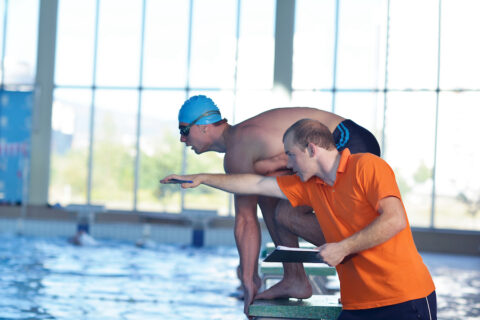
Goals are best evaluated in the rearview mirror. Joe Friel reflects on the goals of three endurance athletes, highlighting lessons learned.
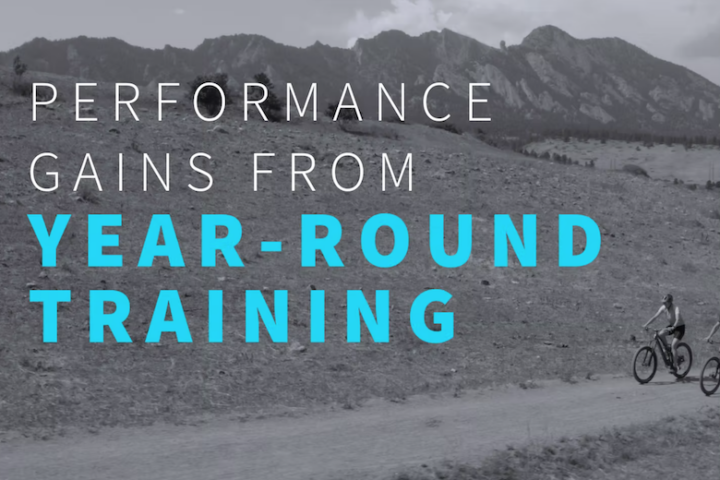
Coach Julie Young describes the performance improvements made when one of her athletes switched to a year-round training program.
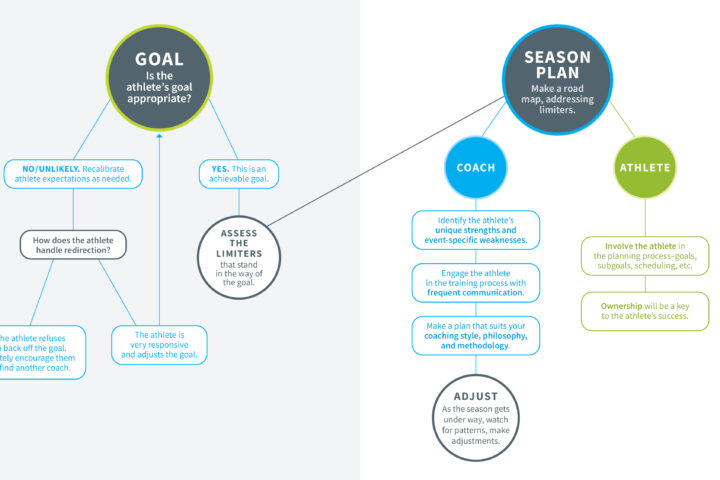
Goal assessment and season planning are two details you must attend to in taking on a new athlete.
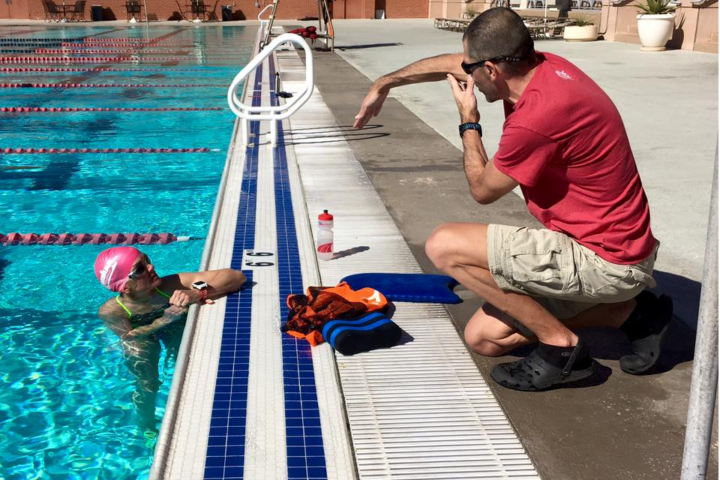
Athletes often underestimate the amount of fitness that they lose in tapering for, and recovery from, excessively frequent racing. This is especially true in Mary’s case where she is looking to make a significant jump in training load in order to properly prepare for the Ironman distance.
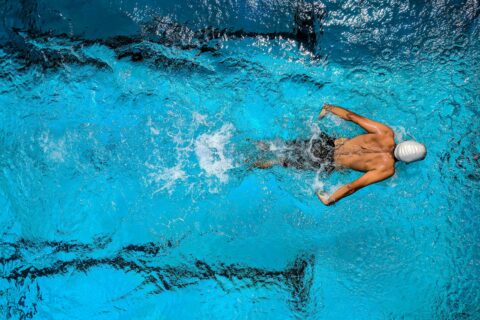
A young, ambitious triathlete with limited race experience reaches out to Coach Andy Kirkland for help in making it to the Olympic Games in 2024.
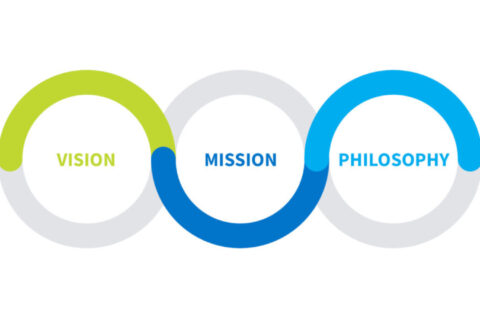
Dr. Andy Kirkland outlines what it will take for an aspiring young triathlete to go pro, illuminating a biopsychosocial approach to season planning.
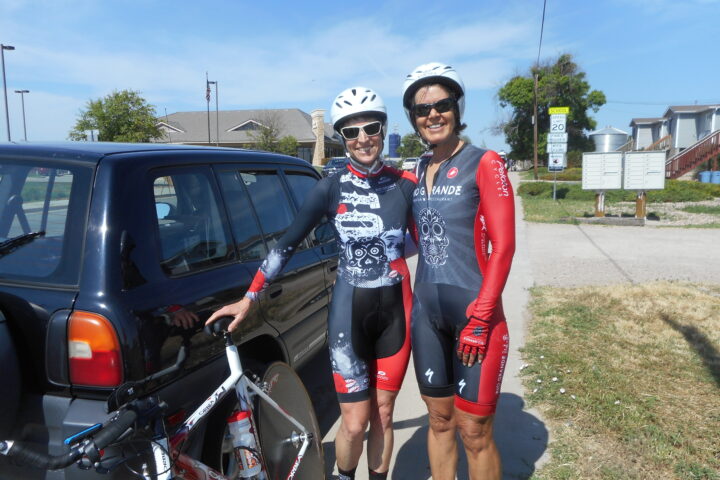
Coach Trevor Connor reflects on his work with a masters cyclist with big hopes for Nationals. Find out more about her athletic history and lifestyle in the lead-up to the racing season.
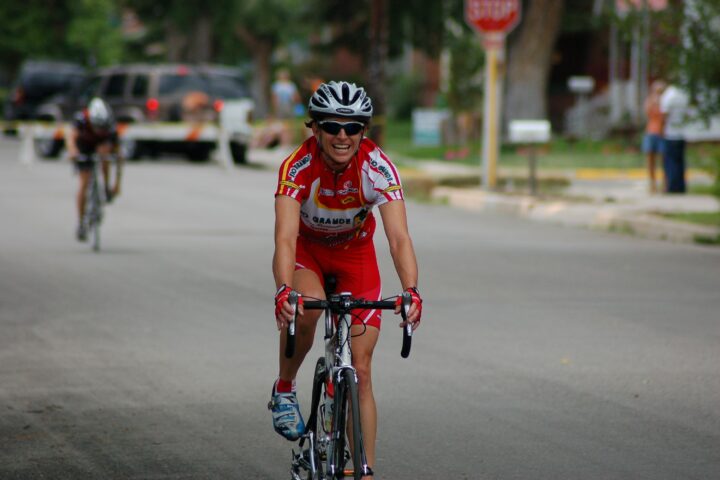
Coach Trevor Connor presents the season plan he created for Cynthia, a female masters athlete based in Colorado. Connor’s plan includes the training detail for the final weeks leading up to Nationals.
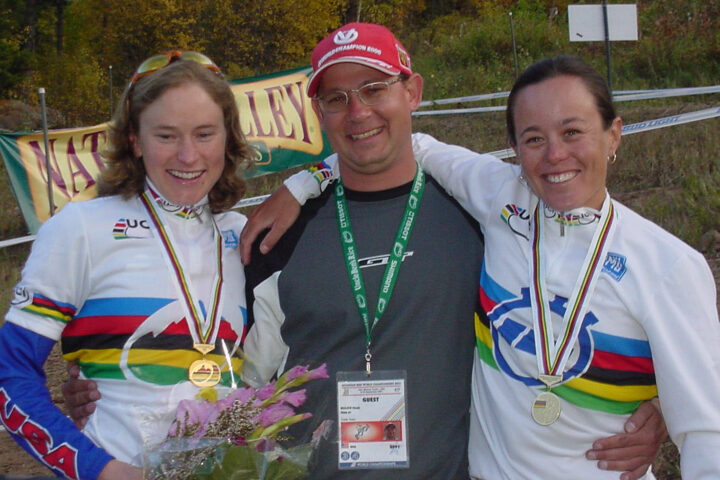
The principles of block training can be applied across endurance sports, whether the athlete is elite or amateur. The biggest difference is that elite or pro athletes have more time to train.
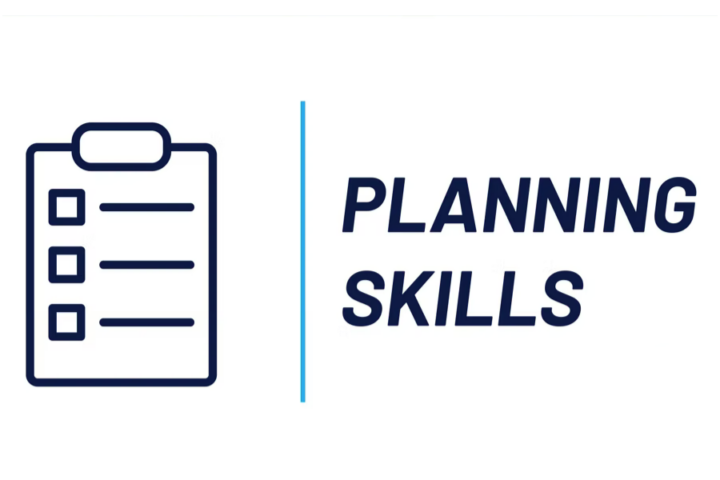
Joe Friel explores the development of annual training plans, short-term plans, and matters beyond sport-specific workouts.